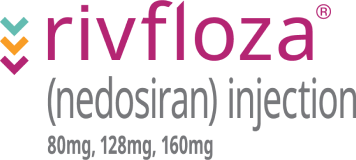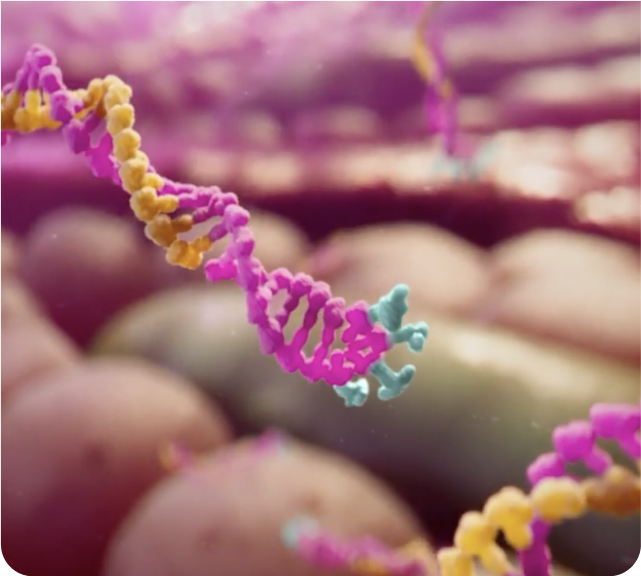Understanding PH1
Early diagnosis and intervention are critical.2
Reducing UOx levels
Rivfloza® delivered rapid and durable control of urinary oxalate.1
Getting patients started
Ready to start your patients on Rivfloza®? Here’s how.
Important Safety Information for Rivfloza®
Adverse Reactions
- Most common adverse reaction (reported in 39% of patients) are injection site reactions, which include erythema, pain, bruising, and rash.
Indications and Usage
Rivfloza® (nedosiran) injection 80 mg, 128 mg, or 160 mg is indicated to lower urinary oxalate levels in children 9 years of age and older and adults with primary hyperoxaluria type 1 (PH1) and relatively preserved kidney function, eg, eGFR ≥30 mL/min/1.73 m2.
Please click here for Rivfloza® Prescribing Information.
Important Safety Information for Rivfloza®
Adverse Reactions
- Most common adverse reaction (reported in 39% of patients) are injection site reactions, which include erythema, pain, bruising, and rash.
Indications and Usage
Rivfloza® (nedosiran) injection 80 mg, 128 mg, or 160 mg is indicated to lower urinary oxalate levels in children 9 years of age and older and adults with primary hyperoxaluria type 1 (PH1) and relatively preserved kidney function, eg, eGFR ≥30 mL/min/1.73 m2.
Please click here for Rivfloza® Prescribing Information.
References:
- Rivfloza® [package insert]. Plainsboro, NJ: Novo Nordisk Inc.
- Fargue S, Harambat J, Gagnadoux MF, et al. Effect of conservative treatment on the renal outcome of children with primary hyperoxaluria type 1. Kidney Int. 2009;76(7):767-773. doi:10.1038/ki.2009.237
- Groothoff JW, Metry E, Deesker L, et al. Clinical practice recommendations for primary hyperoxaluria: an expert consensus statement from ERKNet and OxalEurope. Nat Rev Nephrol. 2023;19(3):194-211. doi:10.1038/s41581-022-00661-1

